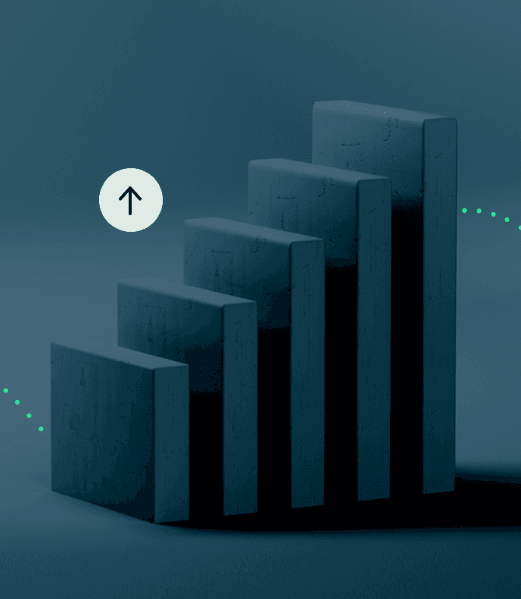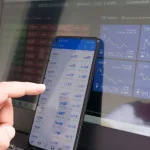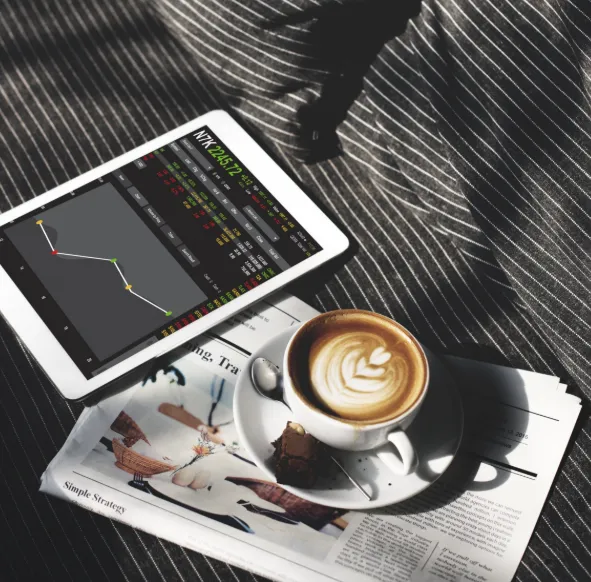If you’re aiming to sharpen your approach in the fast-paced world of day trading, leveraging advanced strategies can offer a significant edge. Day trading demands more than just speed and instinct—it requires a solid plan, a clear understanding of market behavior, and the ability to act decisively. Advanced strategies go beyond the basics, incorporating data-driven techniques and technology to improve accuracy and returns.
From technical analysis and algorithmic execution to refined risk control methods, here’s how you can bring your trading strategies to the next level.
What Is Day Trading?
Day trading refers to the practice of buying and selling financial instruments within a single trading session. The goal is to profit from minor price movements throughout the day. It’s a style suited for active traders who thrive in dynamic markets, requiring constant attention, quick decision-making, and the ability to navigate volatility.
Effective day traders combine a structured strategy with strong discipline and emotional control. At its core, successful day trading relies on identifying short-term opportunities and acting on them with confidence and precision.
Core Strategies for Day Trading Beginners
Even if you’re just starting, implementing foundational strategies can give you a solid start:
- Breakout Trading: This strategy focuses on entering trades when the price breaks above resistance or below support levels. The aim is to ride the momentum that typically follows such a move. However, traders need to be cautious of fake-outs and use confirmations.
- Trading the News: Reacting to market-moving events can be profitable if timed well. Traders monitor headlines, economic releases, and earnings reports to anticipate sharp price movements. Quick interpretation and execution are critical.
- Range Trading: When markets are stable, prices often bounce between well-established highs and lows. Range traders buy at support and sell at resistance, capitalizing on predictable oscillations.
- Scalping: A high-frequency approach where traders make dozens (or hundreds) of small trades daily to profit from minor price changes. This method requires rapid execution and typically employs tight stop losses.
Integrating Technical Analysis
Technical analysis plays a foundational role in both basic and advanced strategies. By studying past price behavior, traders aim to predict future movements. Charts, indicators, and statistical tools help identify trends, support/resistance levels, and potential reversals.
Commonly used tools include:
- Moving Averages
- Bollinger Bands
- Relative Strength Index (RSI)
- Volume-based indicators
- VWAP
Using these tools in combination allows traders to filter noise and refine their entries and exits.
Top Advanced Techniques for Day Traders
To truly level up, advanced traders implement more complex strategies that rely on quantitative models, automation, and deeper market insights.
1. Algorithmic Trading
Algorithms automate trading based on a predefined set of rules. These programs scan markets, analyze data, and execute trades in milliseconds, enabling traders to act on opportunities faster than manual trading allows. It’s especially useful for strategies requiring consistent execution and rapid reaction times.
2. Arbitrage and Statistical Techniques
Arbitrage involves exploiting price differences across markets or instruments. For example:
- Pairs trading: Based on historical correlations, this method trades two related assets—buying one and selling the other when their price relationship diverges.
- Delta-neutral strategies: Used with options to hedge risk, aiming to profit regardless of direction by adjusting positions to maintain neutrality.
These approaches rely on statistical models rather than market sentiment.
3. Options-Based Day Trading
Options provide flexible tools to benefit from various market conditions. Combining options with reversal patterns allows traders to capitalize on turning points with controlled risk. For example, using call options after identifying a bullish reversal lets you gain upside exposure with limited downside.
4. Market Making
Market makers maintain continuous buy and sell quotes to provide liquidity. They earn from the bid-ask spread but also manage inventory risks. Although often associated with institutional players, some experienced traders adopt this method in specific markets.
5. Volume and Order Flow Analysis
Understanding the flow of trades can reveal market sentiment:
- Volume analysis: Confirms the strength behind price moves.
- Order flow: Examines the real-time placement of buy and sell orders to anticipate near-term direction.
- Market depth: Helps gauge liquidity and potential volatility.
These tools are especially useful in short-term setups where timing is everything.
6. Advanced Statistical Analysis
Many traders rely on data-driven models such as regression or time-series analysis. These methods identify hidden patterns and relationships that aren’t obvious through visual chart analysis. Over time, such models can increase consistency by focusing on probability rather than speculation.
7. Complex Chart Patterns
Sophisticated traders track formations such as head-and-shoulders, triangles, or flags. These patterns signal potential continuations or reversals. Combining pattern recognition with indicators and volume data improves reliability and provides clearer signals for trade entries or exits.
8. Risk-Control Systems
Risk management isn’t just a backup plan—it’s a critical part of strategy. Advanced traders apply layered controls to protect capital:
- Multiple brokerage accounts: Diversifies execution risk and platform reliability.
- Stop-loss orders: Automatically exit trades at predefined loss thresholds.
- Routine planning: Pre-trade rituals help filter out emotional bias and keep decisions logical.
- Portfolio diversification: Spreading trades across sectors or instruments reduces exposure to any single event.
Putting It All Together
Mastering day trading is a journey that evolves over time. While basic strategies provide a foundation, refining your methods with advanced techniques is what sets consistent traders apart. These methods often demand not only deeper knowledge but also better tools.
Investing in high-performance trading systems is a smart move. Advanced setups handle complex data, real-time analytics, and multiple charting tools without lag. When milliseconds matter, speed and reliability can make the difference between profit and loss.
Conclusion
Whether you’re just beginning your trading journey or looking to fine-tune your edge, using advanced strategies can dramatically impact your results. From algorithmic execution and arbitrage to options and statistical models, every approach offers new ways to analyze and engage with the markets.
By combining these techniques with a structured risk framework and the right tools, you can trade with greater confidence and control in today’s competitive landscape.













